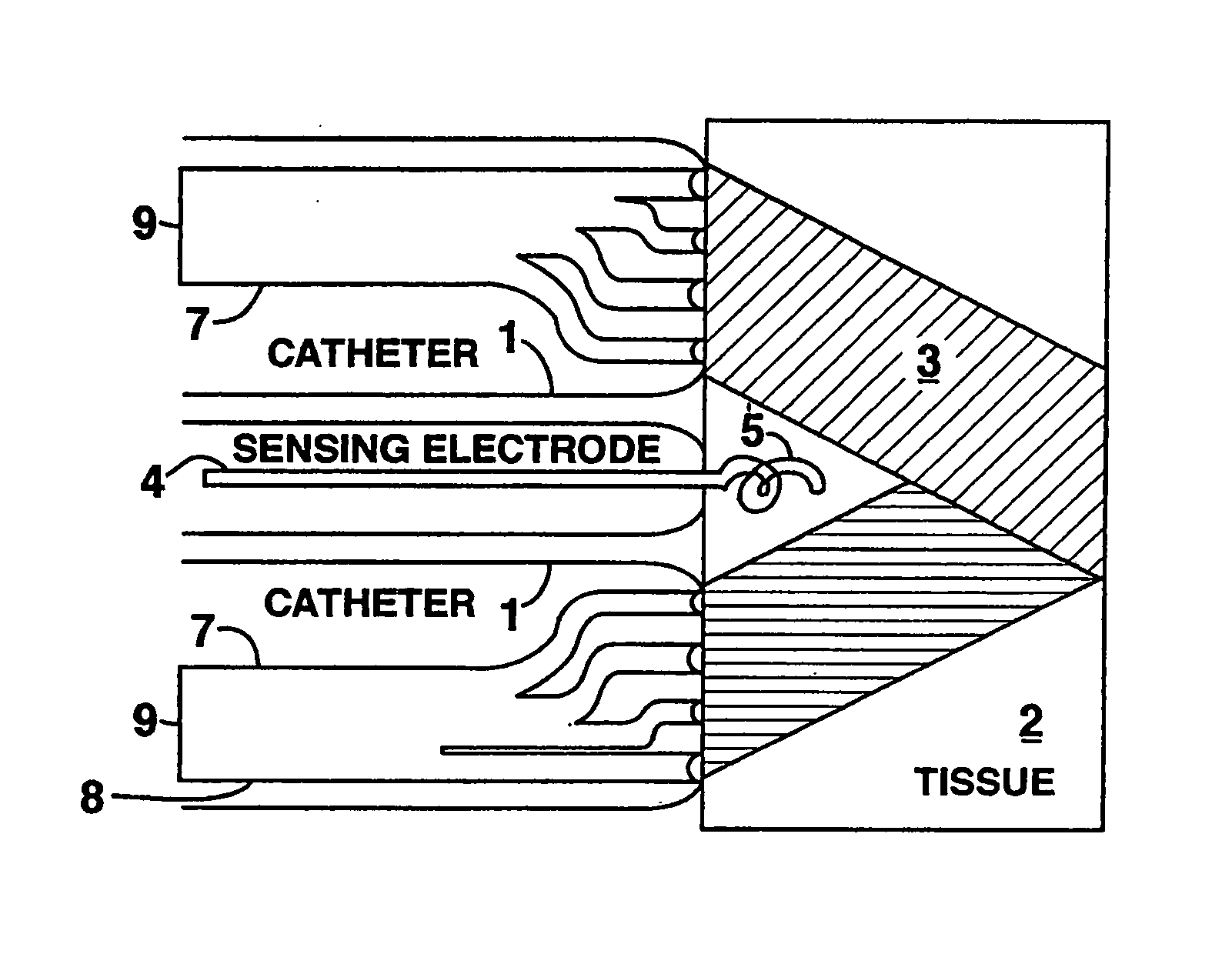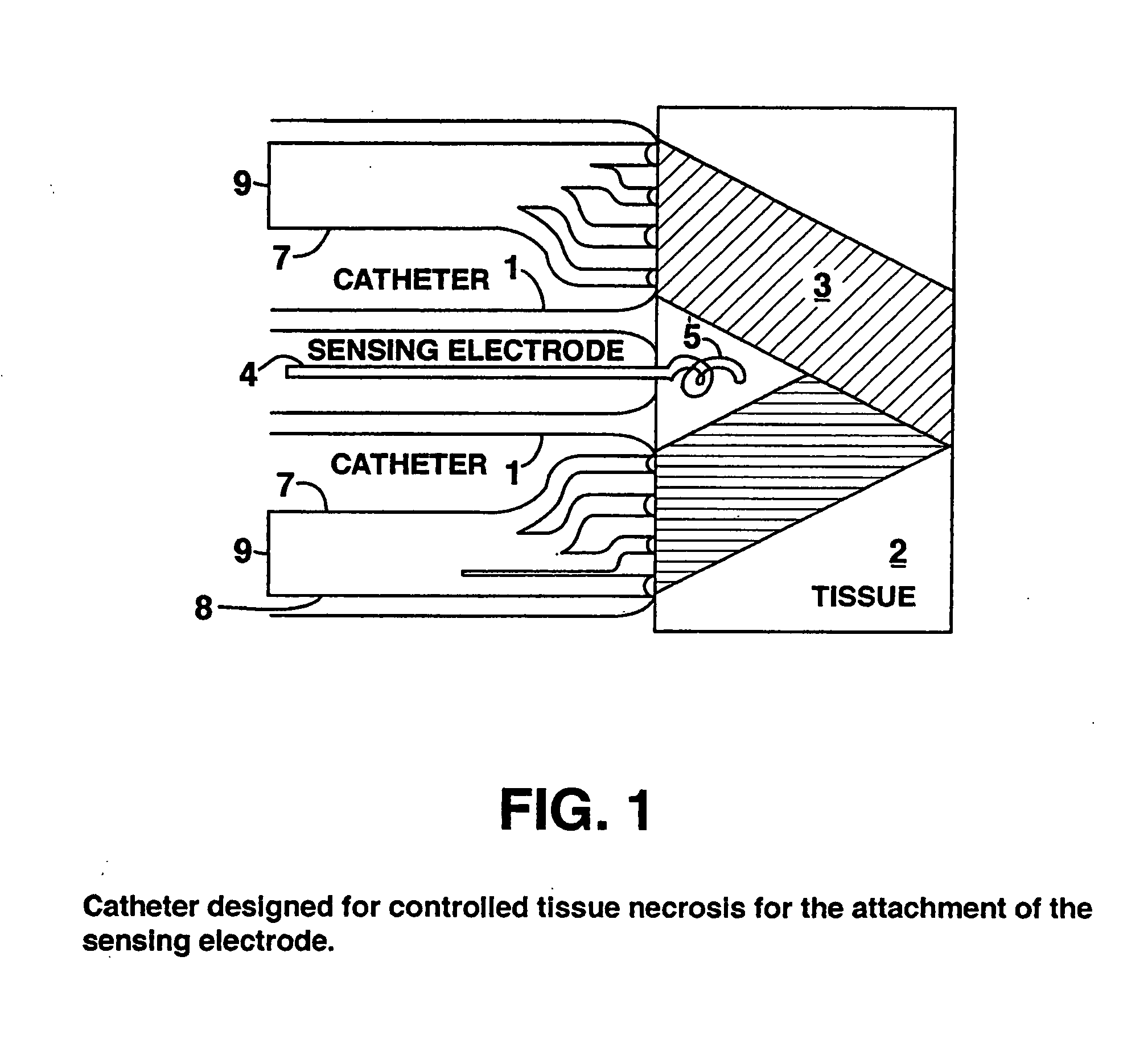Method and device to form a sensor using isolated cardiomyocytes
a technology of cardiomyocytes and sensors, applied in the field of drug concentration sensors, can solve the problems of patient compliance in taking their medical prescription, inability to provide continuous data, and inability to achieve optimal drug effective concentration,
- Summary
- Abstract
- Description
- Claims
- Application Information
AI Technical Summary
Problems solved by technology
Method used
Image
Examples
examples
[0035] An example problem that the invention is designed to solve is presented: Many anti-arrhythmic drugs have a very narrow range of effectiveness. For example, effective plasma concentration of quinidine is 3-6 μg / mL. It is eliminated by the liver, and its half life in the blood is 5-9 hours. Patients take 300-600 mg every 6 hours to maintain the drug within the effective range, which causes the concentrations in the blood to swing from the maximum to the minimum of this range (3-6 μg / mL) between administrations. If the patient delays the administration, or forgets it altogether, then the drug concentration in blood will fall below the therapeutic range, and the patient would be vulnerable to life-threatening arrhythmias. A sensor which can sense the anti-arrhythmic effects of drugs in the blood, such as the one described in this invention, would warn the patient or trigger an implantable drug pump to release additional drugs, quinidine in this case, into the bloodstream.
[0036] ...
PUM
 Login to View More
Login to View More Abstract
Description
Claims
Application Information
 Login to View More
Login to View More - R&D
- Intellectual Property
- Life Sciences
- Materials
- Tech Scout
- Unparalleled Data Quality
- Higher Quality Content
- 60% Fewer Hallucinations
Browse by: Latest US Patents, China's latest patents, Technical Efficacy Thesaurus, Application Domain, Technology Topic, Popular Technical Reports.
© 2025 PatSnap. All rights reserved.Legal|Privacy policy|Modern Slavery Act Transparency Statement|Sitemap|About US| Contact US: help@patsnap.com



